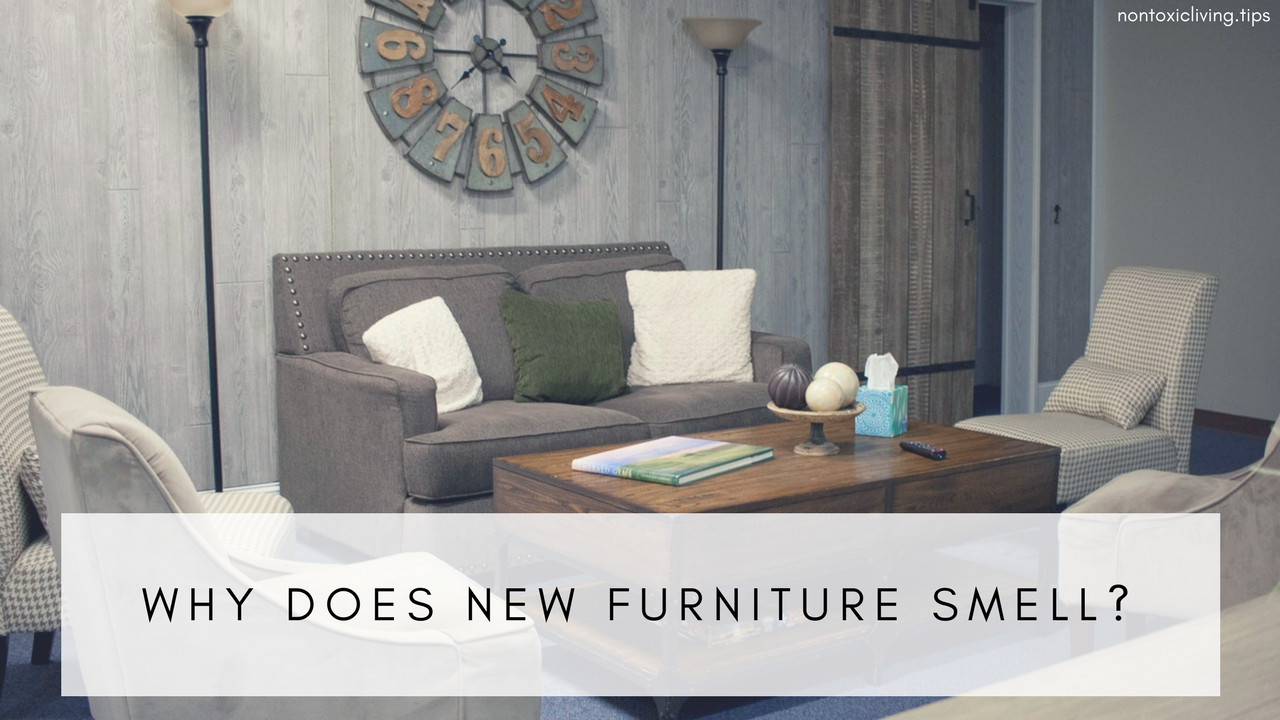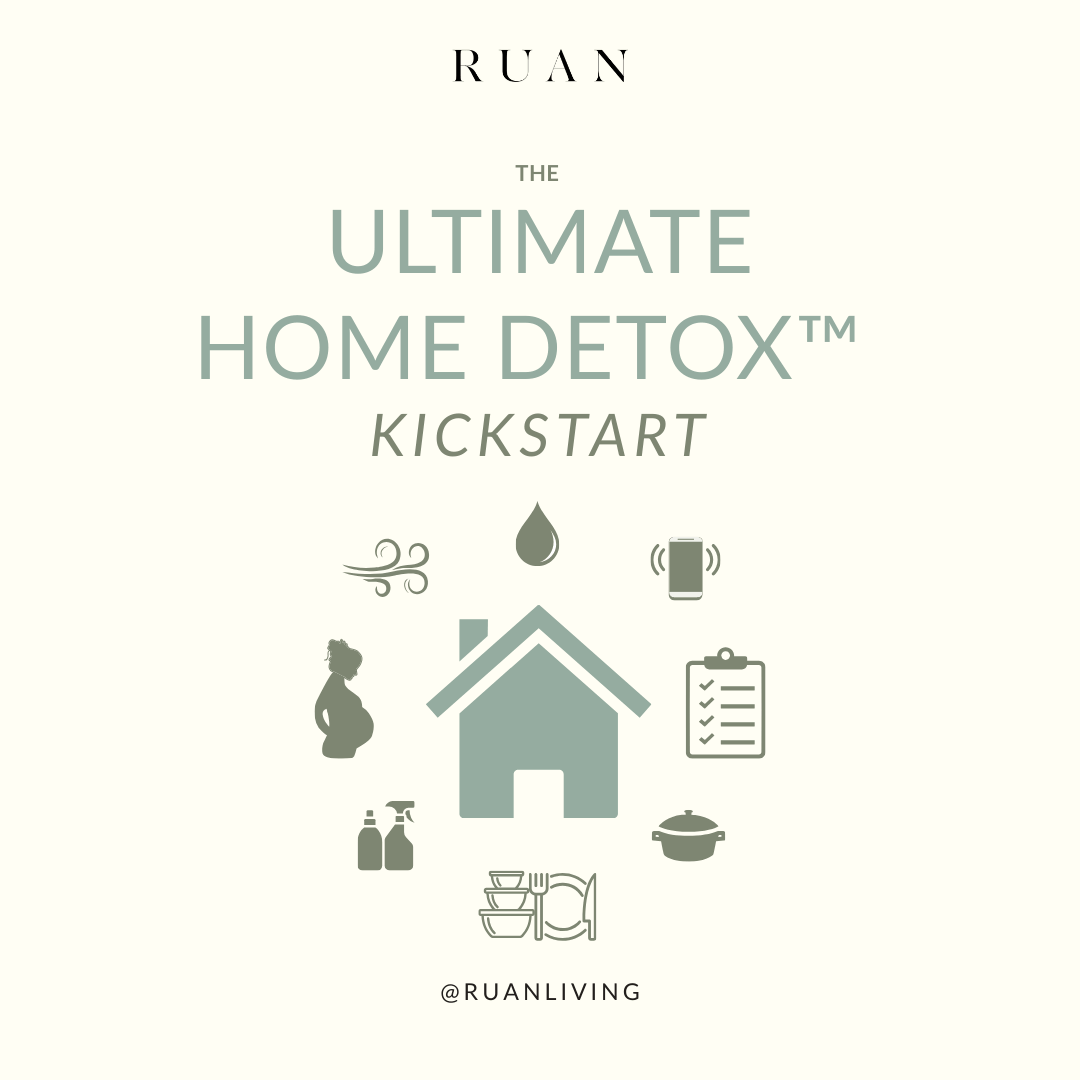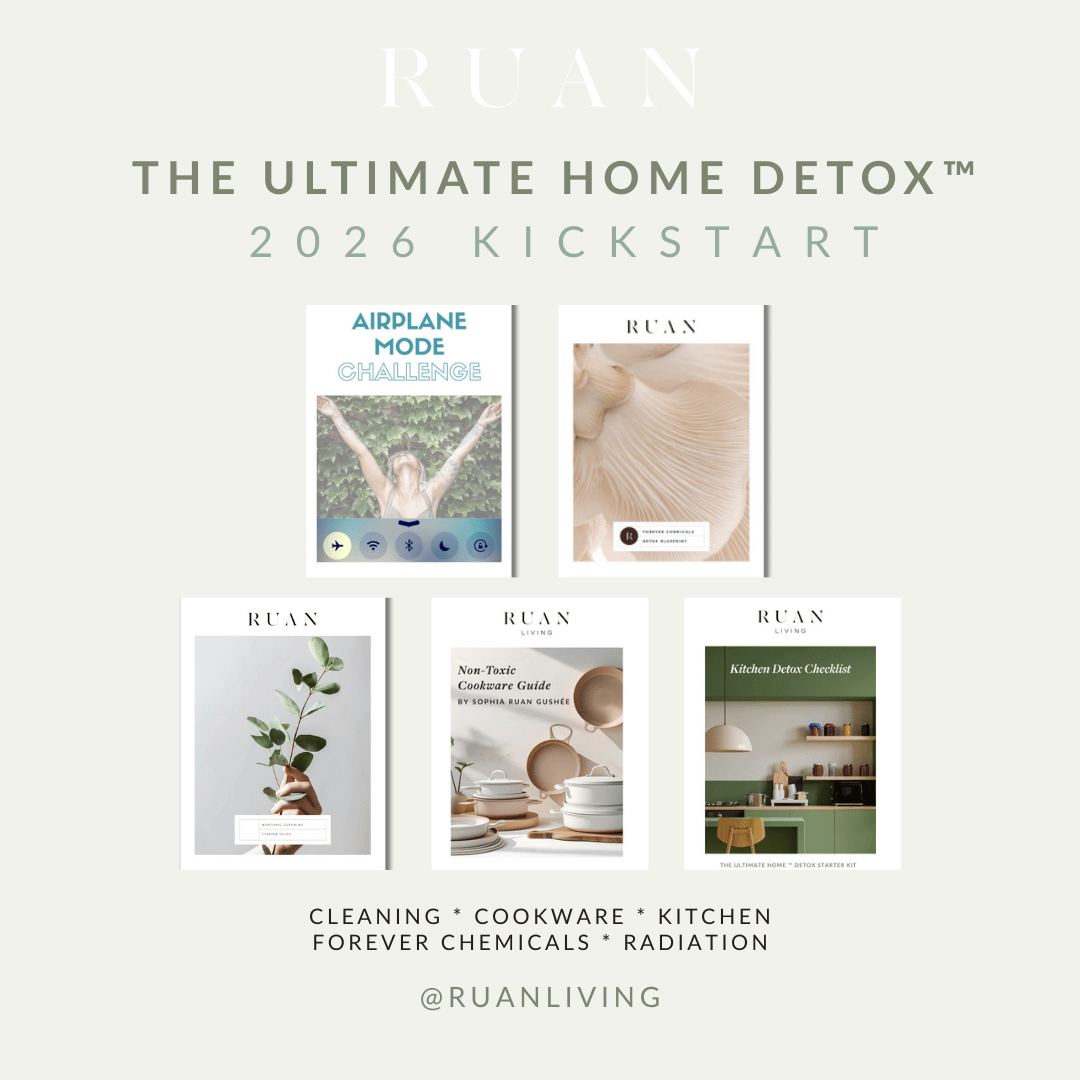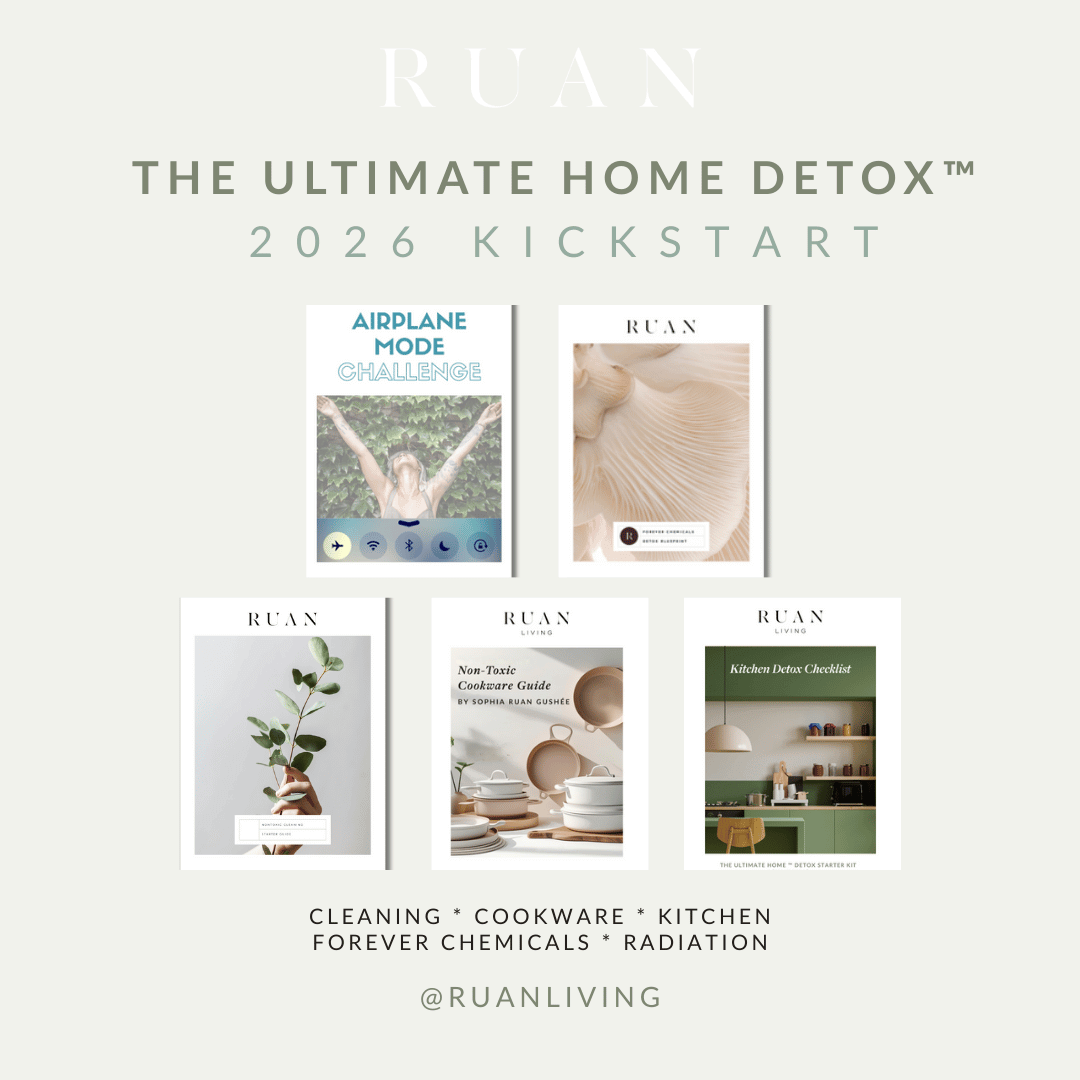
Why Does New Furniture Smell?
Mar 21, 2018by Angela Cummings and Sophia Ruan Gushée
If you want to reduce toxic chemicals in your home, evaluate your furniture.
Originally, furniture was made from 100% solid wood. Today's furniture, however, is made of various chemicals that exist as composite woods that are held together with adhesives and resins, plastic coverings, paints, synthetic fabrics, and chemical finishes (for resistance to flames, water, stains, and/or bacteria).
These chemicals contaminate your indoor air quality and have been linked to health conditions.
How does furniture contribute to poor indoor air quality?
Some chemicals used to make composite woods, adhesives, resins, plastics, paints, synthetic fabrics, and chemical finishes belong in a family of chemicals called VOCs (or Volatile Organic Compounds). A subcategory of VOCs, called SVOCs (or Semi-Volatile Organic Compounds), are also found in standard furniture today.
VOCs and SVOCs are released into the air at normal room temperature in a process called off-gassing. Off-gassing often reduces indoor air quality.
Furthermore, more energy efficient homes (most homes built after the mid-1970’s) may reduce electricity use but they also reduced indoor air quality: By minimizing cracks and crevices of a home to reduce the need for electricity, this improved energy efficiency also reduces air exchange between outdoor and indoor environments. With increased indoor toxins and less natural air exchange, many indoor air environments have become less healthy.
Moreover, toxic fumes can off-gas throughout the life of a product. While SVOCs off-gas at a steady pace throughout a product’s lifecycle, VOCs off-gas in larger amounts in the beginning. While you can sometimes smell VOCs (often the “new furniture smell”), the absence of smell does not necessarily mean an absence of toxic chemicals.
Chemical flame retardants are one major concern of upholstered furniture
Major components of upholstered furniture that contain toxic chemicals include polyurethane foam cushioning, synthetic fabric covering, and fabric finishes that resist stains, water and flames. Certain chemical flame retardants have received more scientific study and press than most chemical classes: they have been proven to be toxic, and are released into our homes' air and dust. Also, they have been detected in our bodies.
On January 1, 2015, the State of California required furniture manufacturers to comply with updated requirement of flame retardants: Technical Bulletin-117-2013, which allows for fewer flame retardants to be added to furniture. However, there are a few important things to note:
- The State of California Department of Consumer Affairs states that it does not regulate the use of flame retardants, but requires manufacturers to meet the “cigarette smoldering resistance test” instead of the “open-flame resistant” test that was previously required. (1)
- TB117-2013 still allowed manufacturers to sell their existing stock of flame retardants.
- Since this is state law, it applies to only one of 50 states in the U.S.
- If you bought upholstered furniture before 2015 in any state, it’s likely that your furniture has higher levels of flame retardant.
Flame retardants have been linked to cancer, cell mutation, hormone disruption, and nervous system damage. (2) They have also been found to impact the immune system, reproductive system (toxicity), neurological system, and fetus and child development. (3)
How do you get rid of flame retardants and other chemicals in furniture?
The number one way to get rid of flame retardants and other chemicals in a home is to remove the source.
For most people, replacing all of their furniture is cost prohibitive. However, you can start with discarding what you don't need or love. Then replace pieces of furniture as you can. The tips below will help you identify healthier options.
When shopping for new furniture:
- 100% solid hardwood furniture that is unfinished is among the least toxic options. Any wood finish may emit toxic fumes, but how much and how toxic varies greatly. If choosing a finish (usually for decorative reasons), then choose zero- or low-VOC stains and finishes.
- A healthier replacement for polyurethane foam (used for cushioning in furniture) is 100% natural rubber
- 100% natural fabrics are healthier than synthetic fabrics. Choose fabrics that are free of chemical treatments for resistance to stains, water, and bacteria (this is healthier, but may lead to more imperfect- looking furniture).
Use an air purifier:
Consider investing in an air purifier that has an activated carbon filter and particulate filter.
- Activated carbon removes chemicals from the air
- Particulate filters are made to minimize household dust floating in the home, which contains flame retardants and other chemicals from furniture and typical household use
- HEPA filters are known for trapping the smallest particles
References
(1) State of California, Department of Consumer Affairs



